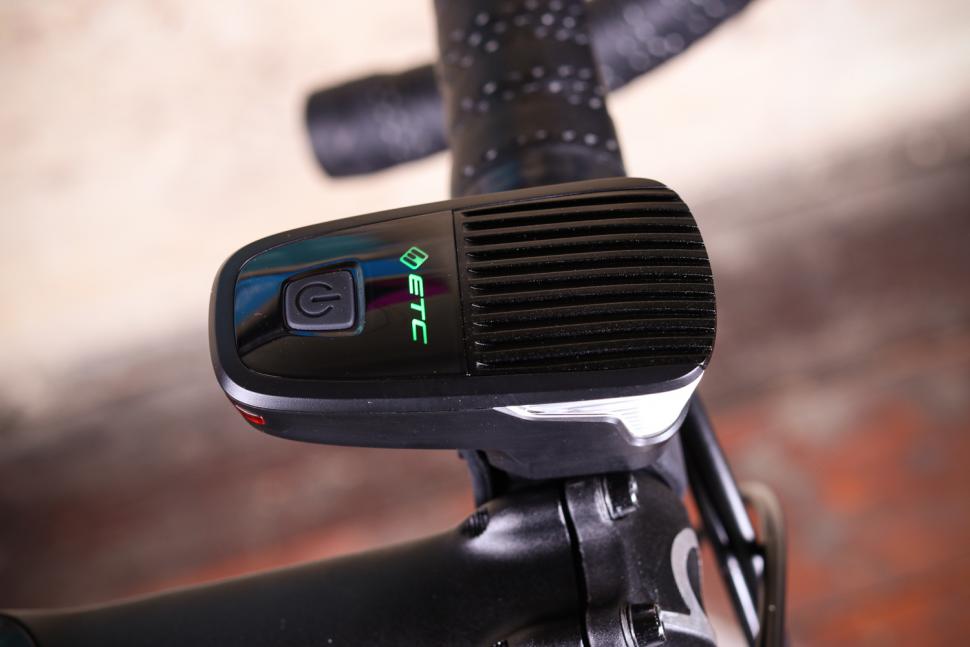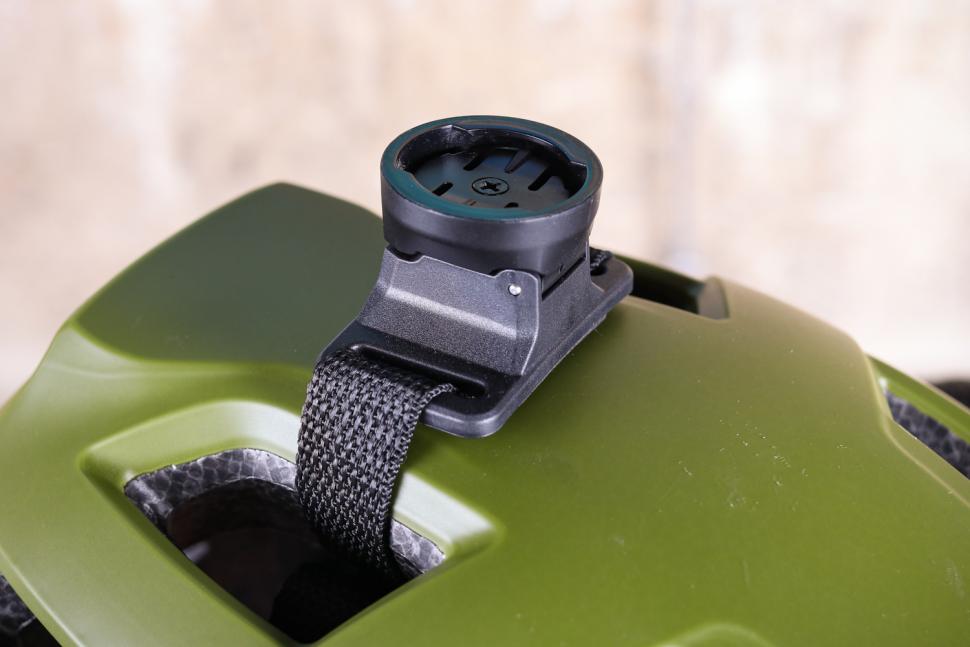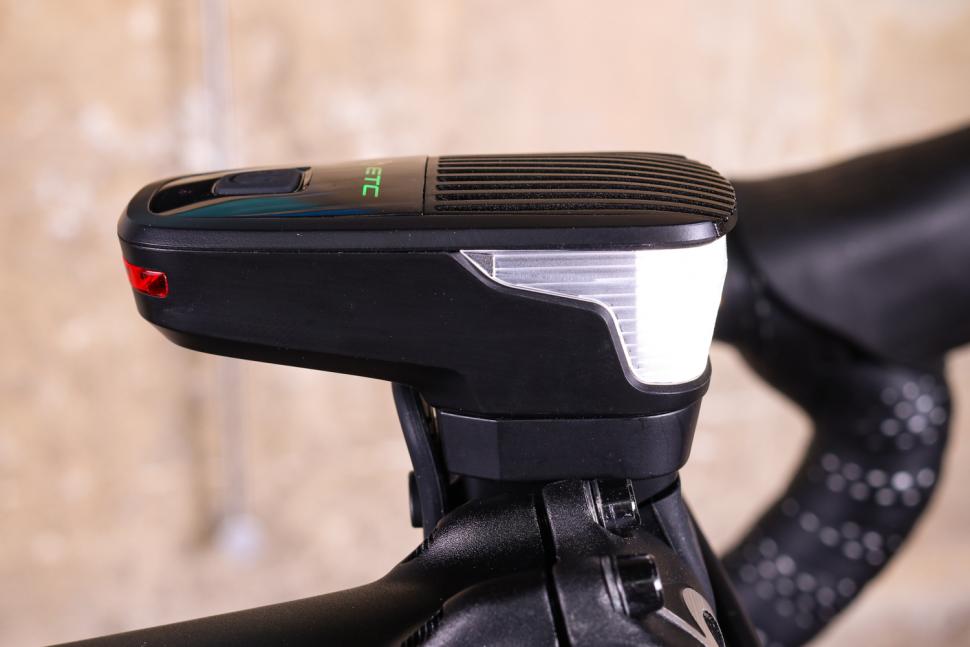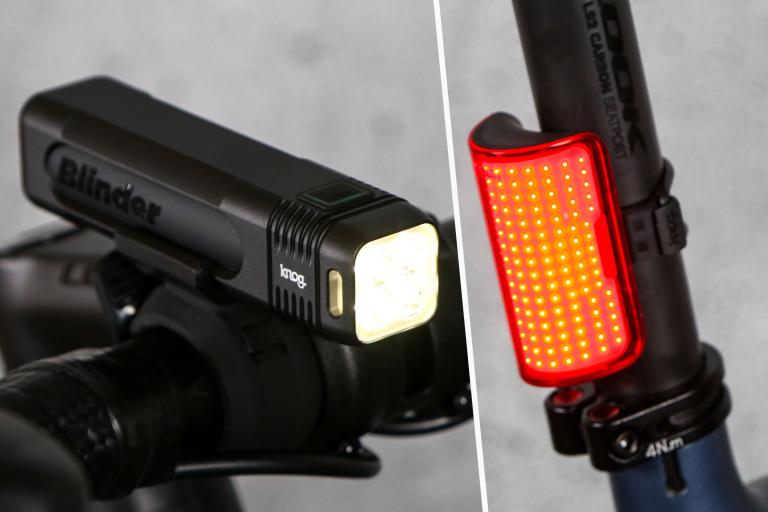- News
- Reviews
- Bikes
- Accessories
- Accessories - misc
- Computer mounts
- Bags
- Bar ends
- Bike bags & cases
- Bottle cages
- Bottles
- Cameras
- Car racks
- Child seats
- Computers
- Glasses
- GPS units
- Helmets
- Lights - front
- Lights - rear
- Lights - sets
- Locks
- Mirrors
- Mudguards
- Racks
- Pumps & CO2 inflators
- Puncture kits
- Reflectives
- Smart watches
- Stands and racks
- Trailers
- Clothing
- Components
- Bar tape & grips
- Bottom brackets
- Brake & gear cables
- Brake & STI levers
- Brake pads & spares
- Brakes
- Cassettes & freewheels
- Chains
- Chainsets & chainrings
- Derailleurs - front
- Derailleurs - rear
- Forks
- Gear levers & shifters
- Groupsets
- Handlebars & extensions
- Headsets
- Hubs
- Inner tubes
- Pedals
- Quick releases & skewers
- Saddles
- Seatposts
- Stems
- Wheels
- Tyres
- Health, fitness and nutrition
- Tools and workshop
- Miscellaneous
- Cross country mountain bikes
- Tubeless valves
- Buyers Guides
- Features
- Forum
- Recommends
- Podcast
£52.00
VERDICT:
Quirky yet decent enough commuter front light but the integrated rear could be better
Weight:
94g
Contact:
At road.cc every product is thoroughly tested for as long as it takes to get a proper insight into how well it works. Our reviewers are experienced cyclists that we trust to be objective. While we strive to ensure that opinions expressed are backed up by facts, reviews are by their nature an informed opinion, not a definitive verdict. We don't intentionally try to break anything (except locks) but we do try to look for weak points in any design. The overall score is not just an average of the other scores: it reflects both a product's function and value – with value determined by how a product compares with items of similar spec, quality, and price.
What the road.cc scores meanGood scores are more common than bad, because fortunately good products are more common than bad.
- Exceptional
- Excellent
- Very Good
- Good
- Quite good
- Average
- Not so good
- Poor
- Bad
- Appalling
The ETC Sirrah 500 Lumen Front Rear Light is a quirky but generally competent helmet or handlebar light, with four sensible modes up front and three less effective ones at the rear. It comes complete with bar and helmet mounting kits.
- Pros: Decent output and specification for the money, good bar mount, swift charging
- Cons: Relatively short run-times in the highest settings, no daylight flash
Specification
On paper at least, the Sirrah seems to be a badge-engineered Magicshine Allty 500. Up front we have four modes. High is 500 lumens, medium 250, low 75 and flashing 120. The rear has three: one constant and two flashing, although their outputs aren't cited.
Both ends employ "wraparound" polycarbonate lenses designed to offer 180 degrees of visibility. However, the rear is a very slender window.
Inside the shell we have a Cree XPL diode up front; the rear's pedigree is unknown. Both are fuelled by a single rechargeable, 3.7v 1800mAh lithium polymer cell.
The aluminium top plate is essentially a heat sink, so coupled with cooling air, the diodes, switch gear and other sensitive bits should live long and serviceable lives.
Talking of temperatures, I'm told it'll operate between -20 and +40°C, which should cover most bases. The battery is reckoned to have a lifespan of 500 charge cycles and refuels in around 90 minutes (mains) via micro USB cable. There's a familiar "traffic light" battery life/charge indicator: green denotes full, blue mid, and red low.
The switch is pretty straightforward and sensibly proportioned. A single deliberate press brings the light to life and scrolls through the modes. The rear is controlled independently by swift double presses. This takes a little practice before becoming intuitive. Either way, it's easily commanded wearing winter gloves, and to my surprise accidental power ups (in pockets, or panniers) have been a moot point.
Mounts
The Sirrah employs a Garmin-style base and comes with a rubber handlebar mounted strap and an adjustable helmet mount.
In practice, I've persuaded the bar mount to work with several helmets, which is just as well since getting (and keeping) the helmet strap taut was something of a mission.
True to claims, the bar strap seems universally accommodating of aero and standard handlebar profiles. The watch strap design means effortless and secure porting between bars too, with no problems on 25.4, 26.0 and 31.8mm diameters.
Performance
Output is reasonable in the highest setting and the spot good enough for picking up the detail – holes, glass and similar debris – in semi-rural contexts, to around 15mph, a little faster on a clear night. The flood also gives a reasonable sweep, and seemed to hold the attention of oncoming traffic at around the 25 metre mark. It's a bit overkill for the suburbs, except at dusk.
A full charge is reckoned to offer 90 minutes. In practice, I've managed 1:24, dropping to 1:15 when run in conjunction with the rear light in its flash 2 mode.
The mid (250-lumen) constant mode is pitched about right for built-up areas. The spot offers the necessary clarity for picking out tacks, glass and similar sharps, while the flood casts an arc that is useful for a general sweep of holes and similar potential hazards. Other traffic seemed to pick me out at about 20m, giving me enough breathing space when entering the flow of traffic, turning right and suchlike.
Helmet-mounted, paired with dynamo lamps (helmet or indeed rider-mounted lighting is not compliant with road vehicle lighting regulations), it's come in useful for reading place names, purging punctures and similar roadside tune-ups. On its own, I've achieved 2:45 from a full charge, dropping to 2:18, run in conjunction with the rear in flashing 2.
Of the two flashing modes, I've always chosen the 120 lumen over the 75. It's more effective but still sips reserves: 8:23 (8:30 official). This has also come in rather handy paired to dynamo lamps with less potent standlight functions. I've been quite surprised by how quickly it slipped from green to blue, but it's been a much slower slide to red.
The rear is most effective along unlit roads in the flashing settings. Though not without some merit as tertiary illumination in town, where it seems to align with driver eye-level, especially SUVs, vans and other larger vehicles, it does feel a bit like an afterthought compared with others such as the BBB ScoutCombo's more distinct and useful 10-lumen rear.
Value
This will depend on your priorities. If you want an all-in-one light for helmet or bar use, your options are narrower than if you went with separate front and rear. The ETC isn't badly priced, although you can get cheaper – Brightside's Topside is £29.99, albeit with a much lower-powered front light, and Moon's Aerolite COB is £34.99.
> Read more road.cc reviews of front & rear light sets here
For just a little more there's BBB's ScoutCombo at £59.95; it has a less potent 200-lumen front, but, in my experience, a more useful 10-lumen rear. Moving up the scale, Cateye's Volt 400 Duplex is £69.99, and Exposure's Link Plus Daybright is £85, though you're talking 'proper' rear lights now.
> Buyer's Guide: The best 2019/2020 front lights for cycling
> Buyer's Guide: 17 of the best rear lights for cycling
If separates is an option, for £52 I'd go for the Ravemen LR500S and Oxford Ultratorch Slimline R50. Not only is the Ravemen's spot better, the Oxford R50 rear LED is also very eye-catching and can be mounted on the bike and some lids.
Conclusion
The ETC Sirrah is a quirky light, with reasonable performance up front by genre standards and for town-biased riding, although the rear is of limited use. The lack of a daylight flash might also be a deal-breaker for some.
Verdict
Quirky yet decent enough commuter front light but the integrated rear could be better
road.cc test report
Make and model: ETC Sirrah 500 Lumen Front Rear Light
Size tested: 500 Lumens
Tell us what the light is for, and who it's aimed at. What do the manufacturers say about it? How does that compare to your own feelings about it?
ETC feels this is self explanatory and skips straight to the specification. I would describe it as a mid-power compact light for commuting and more general riding. I like the integrated rear light in principle, but it's of limited use in practice.
Tell us some more about the technical aspects of the light?
From ETC:
Light source: 1x XP-L LED
Modes: 4
Flashing Mode: Yes
Lumious Flux: 500 lumen
Battery: 3.7V 1800mAh
Charging Time: 1.5-2h
Burntime: 1.5 - 8.5 hours
Waterproof: IPX5
Weight: 74 grams
Comes with handlebar and helmet mount brackets
Product Size: 81 x 40 x 32mm
Rate the light for quality of construction:
7/10
Well made, using solid composites and aluminium. Port covers are a good, secure fit.
Rate the light for design and ease of use. How simple was the light to use?
6/10
Took a few attempts before the modes became intuitive but otherwise, no more or less complicated than most others. Don't mount it beside a wireless computer, as it has a tendency to block signals between sensor and head unit.
Rate the light for the design and usability of the clamping system/s
6/10
Bar mount really secure and solid. Helmet mount felt comparatively low-rent and proved tricky to keep tight. Thankfully, bar mount is also compatible with some types of helmet.
Rate the light for waterproofing. How did it stand up to the elements?
8/10
It's rated to IPX5 and has resisted some very heavy downpours, sudsy bucket washes etc without missing a beat, or signs of water/ingress.
Rate the light for battery life. How long did it last? How long did it take to recharge?
6/10
Quick charging tempered by moderate run-times in the higher, steady settings.
Rate the light for performance:
6/10
Quite a useful front light for commuting/secondary/contingency use.
Rate the light for durability:
6/10
Generally solid, although helmet mount feels comparatively low-rent and a bit fiddly.
Rate the light for weight:
7/10
At 94g, 20g heavier than the official figure but unlikely to worry most riders.
Rate the light for value:
6/10
Options are limited if you want a front and rear light in one, but it is a few quid cheaper than the BBB ScoutCombo and a bit more than some less powerful ones. You can get better performance from separate front and rear lights for the same money.
Tell us how the light performed overall when used for its designed purpose
Overall, the ETC Sirrah is a nicely made light with practical modes for commuting and general riding, something that may suit some riders looking to take their training rides beyond the suburbs. The 120-lumen flash has proven more effective than expected, though a day flash is becoming increasingly standard. Although I like the rear light in principle, it has been of limited use in the real world.
Tell us what you particularly liked about the light
Decent build, generally useful settings and quick charge times.
Tell us what you particularly disliked about the light
Helmet mount.
How does the price compare to that of similar products in the market, including ones recently tested on road.cc?
BBB's ScoutCombo is £59.95; it has a less potent 200-lumen front, but, in my experience, a more useful 10-lumen rear. Exposure's Link Plus Daybright is £85, and Cateye's Volt 400 is £69.99.
If you were happy with separates, for £52 I'd suggest the Ravemen LR500S and Oxford Ultratorch Slimline R50.
Did you enjoy using the light? Yes
Would you consider buying the light? On balance, no.
Would you recommend the light to a friend? By no means a poor light, but I'd steer them towards the separate Ravemen LR500S and Oxford Ultratorch.
Use this box to explain your overall score
A quirky but generally competent light with four sensible modes up front, but the rear light has the potential to be much better.
About the tester
Age: 46
I usually ride: Rough Stuff Tourer Based around 4130 Univega mtb Frameset My best bike is: 1955 Holdsworth Road Path and several others including cross & traditional road
I've been riding for: Over 20 years I ride: Most days I would class myself as: Experienced
I regularly do the following types of riding: cyclo-cross, commuting, touring, fixed/singlespeed, mountain biking
Shaun Audane is a freelance writer/product tester with over twenty-eight years riding experience, the last twelve (120,000 miles) spent putting bikes and kit through their paces for a variety of publications. Previous generations of his family worked at manufacturing's sharp end, thus Shaun can weld, has a sound understanding of frame building practice and a preference for steel or titanium framesets.
Citing Richard Ballantine and an Au pair as his earliest cycling influences, he is presently writing a cycling book with particular focus upon women, families and disabled audiences (Having been a registered care manager and coached children at Herne Hill Velodrome in earlier careers)




















Speak for yourself....
Public path across Christchurch civic centre car park could stop sale, claims Friar’s Cliff Residents Association...
Morrisons supermarket car park cordoned off after car crash https://www.theargus.co.uk/news/25002751.morrisons-supermarket-car-park-...
It sounds like the shoes you have are the Boa L6, and they work well, although the Li2 is better, especially with dual-dial shoes. ...
I'm going to admit that I thought that [sic] was an indication of a spelling mistake .. and only after looking it up, I realise that I was *sort*...
This is a confusing 'roundabout'...
I wouldn't be so sure that he'll get away with this just because cops routinely shoot people and get off. The law is very different as effectively...
What he wrote is a direct word for word quote from the King James Bible, one of the very greatest achievements of written English in the history of...
From what I understood from lawyers, there's nothing preventing a charge of manslaughter being applied in addition to death by dangerous driving...
Nocturnal implementation isn't ideal but I think your final sentence captures why it was probably necessary....